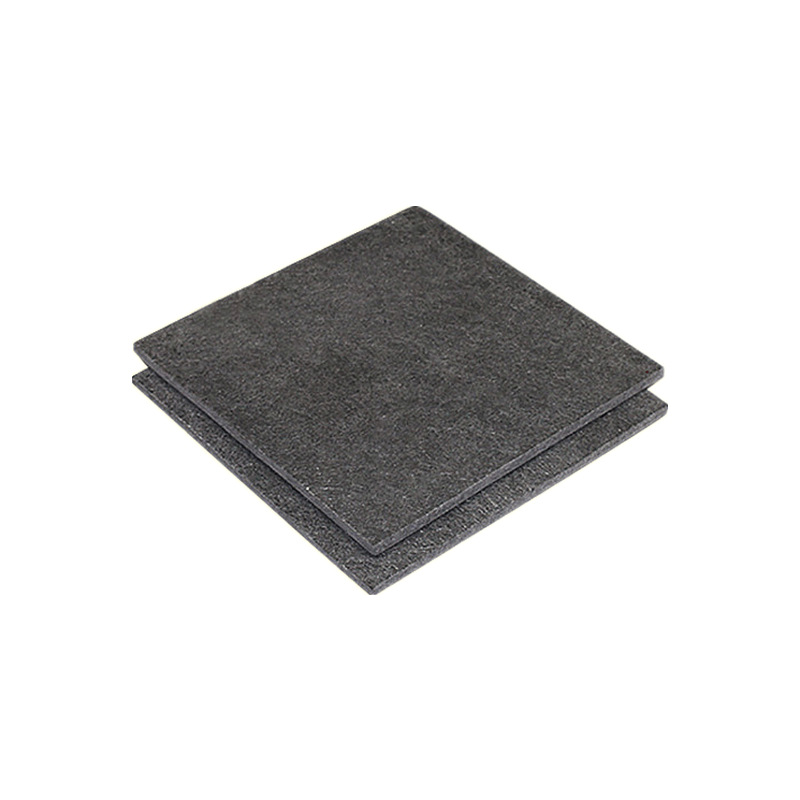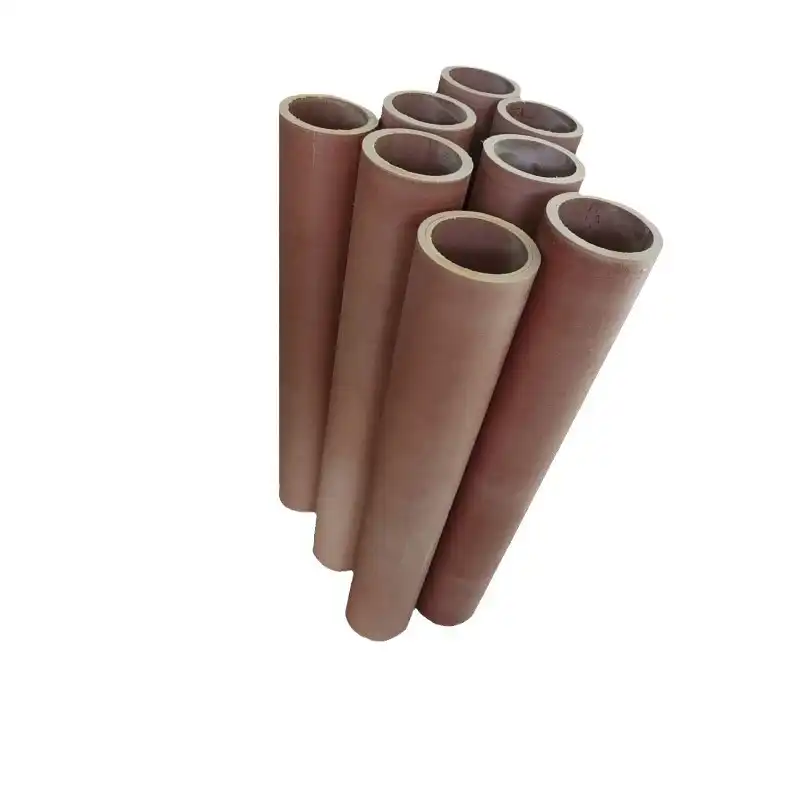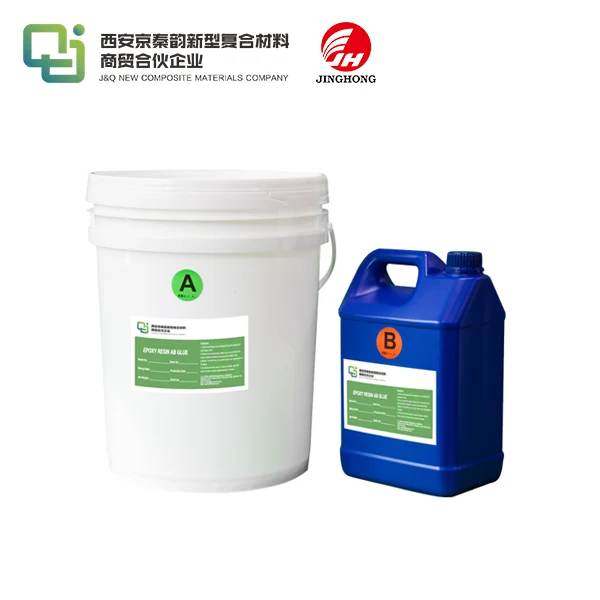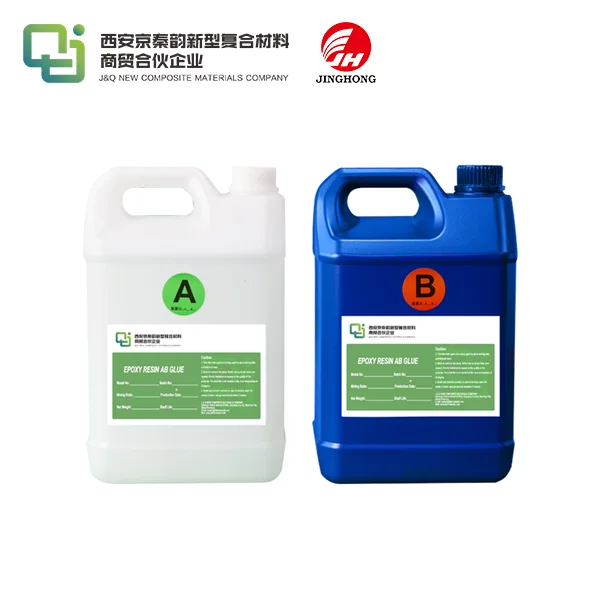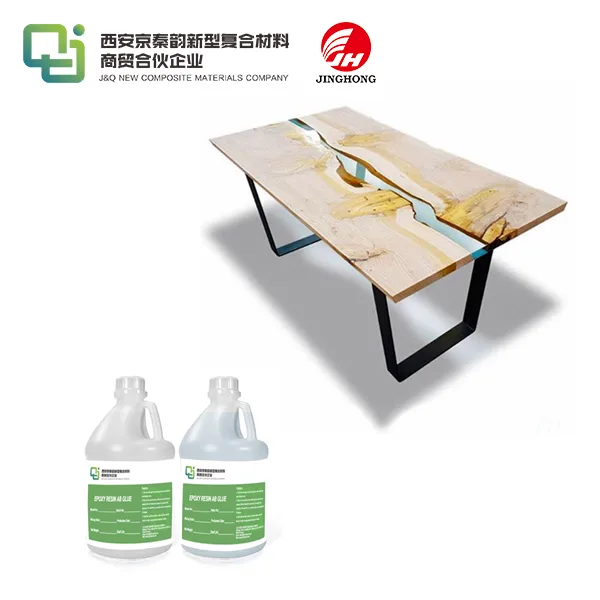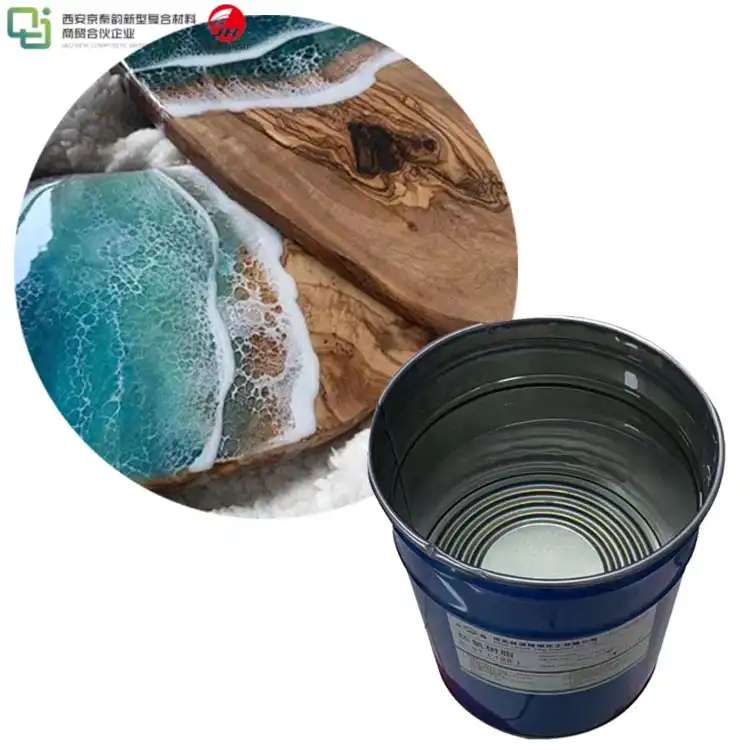What’s the Lifespan of an FR4 Epoxy Laminate Board?
2025-08-07 16:06:25
The lifespan of an FR4 epoxy laminate board typically ranges from 10 to 30 years, depending on various factors such as operating conditions, environmental exposure, and maintenance practices. FR4, a flame-retardant composite material made of woven fiberglass cloth with an epoxy resin binder, is renowned for its durability and reliability in electronic applications. Under optimal conditions, FR4 boards can maintain their structural integrity and electrical properties for decades. However, extreme temperatures, humidity, mechanical stress, and electrical load can impact their longevity. Regular inspection and proper handling can significantly extend the service life of FR4 boards, ensuring continued performance in diverse industrial and electronic applications.
What Factors Affect the Service Life of FR4 in Electronics?
Environmental Conditions
The service life of FR4 epoxy laminate boards is significantly influenced by the environmental conditions they are exposed to. Temperature fluctuations can lead to thermal expansion and contraction, potentially causing stress on the material over time. Humidity levels play a crucial role as well, as excessive moisture can lead to delamination or corrosion of conductive elements. Additionally, exposure to ultraviolet (UV) radiation, particularly in outdoor applications, can degrade the epoxy resin, affecting the board's overall integrity.
Electrical Stress
Electrical stress is another key factor affecting the longevity of FR4 boards. High voltage applications or frequent power surges can cause dielectric breakdown, compromising the insulating properties of the material. Continuous operation at high frequencies may also lead to increased heat generation, potentially accelerating the aging process of the epoxy resin. Moreover, electromigration, a phenomenon where metal ions move due to the flow of electric current, can occur in extreme conditions, affecting the reliability of conductive pathways on the board.
Manufacturing Quality
The quality of manufacturing processes significantly impacts the lifespan of FR4 epoxy laminate boards. Proper curing of the epoxy resin during production ensures optimal cross-linking of polymers, enhancing the board's resistance to environmental stressors. The cleanliness of the manufacturing environment is crucial, as contaminants introduced during production can lead to long-term reliability issues. Furthermore, the precision of drilling and etching processes affects the board's structural integrity, with poorly executed techniques potentially creating weak points susceptible to failure over time.
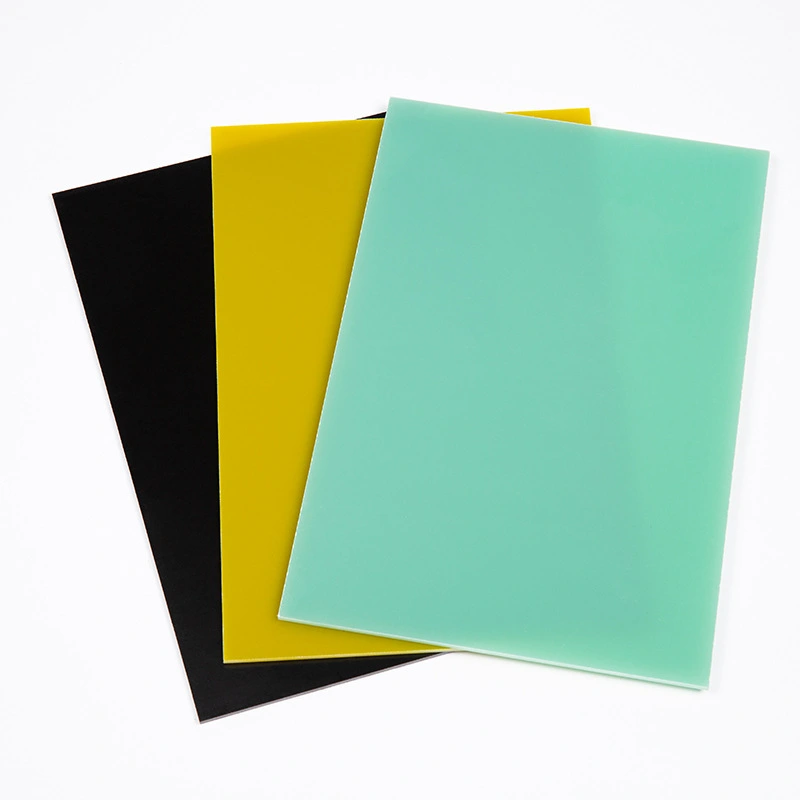
Thermal Cycling, Moisture Exposure, and Mechanical Stress
Effects of Thermal Cycling
Thermal cycling, the repeated heating and cooling of FR4 epoxy laminate boards, can have profound effects on their longevity. As temperatures fluctuate, the different materials within the board expand and contract at varying rates. This differential expansion can lead to the development of microcracks in the epoxy matrix or at the interface between the fiberglass reinforcement and the resin. Over time, these microcracks may propagate, potentially causing delamination or compromising the board's electrical insulation properties. In extreme cases, thermal cycling can also lead to solder joint fatigue, affecting the reliability of component connections.
Impacts of Moisture Exposure
Moisture exposure presents a significant challenge to the durability of FR4 boards. While FR4 is known for its low moisture absorption rate, prolonged exposure to high humidity or direct contact with liquids can still pose problems. Water molecules can gradually penetrate the epoxy resin, leading to swelling and potential delamination of the board layers. This moisture ingress can also affect the dielectric properties of the material, potentially altering its electrical performance. In severe cases, moisture can facilitate corrosion of metallic components on the board, such as copper traces or plated through-holes, further compromising its functionality and lifespan.
Consequences of Mechanical Stress
Mechanical stress exerts a considerable influence on the longevity of FR4 epoxy laminate boards. Vibration, shock, and flexing can induce fatigue in the material, potentially leading to the formation of cracks or the loosening of components. The coefficient of thermal expansion (CTE) mismatch between FR4 and mounted components can create stress points during temperature changes, potentially leading to solder joint failures or board warpage. Additionally, excessive mechanical force during assembly or maintenance procedures can cause immediate damage or create weak points that may fail prematurely under normal operating conditions.
Expected Durability in Industrial and High-Voltage Environments
Performance in Industrial Settings
In industrial environments, FR4 epoxy laminate boards face unique challenges that can affect their durability. The presence of airborne contaminants, such as dust, chemicals, or conductive particles, can accumulate on the board surface over time, potentially leading to short circuits or compromised insulation. Vibrations from heavy machinery may induce mechanical fatigue, necessitating robust mounting solutions. Despite these challenges, FR4 boards typically demonstrate excellent resilience in industrial settings, often maintaining their integrity for 15-20 years with proper design considerations and regular maintenance.
Reliability in High-Voltage Applications
High-voltage environments present particular demands on FR4 epoxy laminate boards. The material's inherent dielectric strength makes it suitable for such applications, but long-term exposure to high electric fields can lead to gradual degradation of its insulating properties. Partial discharge activity, a localized electrical breakdown in small voids within the material, can occur at high voltages, potentially accelerating aging. However, with appropriate design measures such as increased board thickness, optimized trace spacing, and the use of conformal coatings, FR4 boards can maintain their integrity in high-voltage applications for extended periods, often exceeding 10-15 years of reliable service.
Longevity Enhancement Strategies
To maximize the durability of FR4 epoxy laminate boards in demanding environments, various strategies can be employed. The application of conformal coatings provides an additional layer of protection against moisture, contaminants, and mechanical stress. Implementing proper thermal management techniques, such as heat sinks or forced-air cooling, can mitigate the effects of temperature-related stress. Regular inspection and cleaning protocols help identify and address potential issues before they escalate. By incorporating these strategies, the expected lifespan of FR4 boards in industrial and high-voltage environments can be significantly extended, potentially surpassing two decades of reliable operation.
Conclusion
The lifespan of FR4 epoxy laminate boards is a complex interplay of material properties, environmental factors, and usage conditions. While these boards are inherently durable, their longevity can be significantly influenced by thermal cycling, moisture exposure, and mechanical stress. In industrial and high-voltage environments, FR4 boards demonstrate remarkable resilience, often providing decades of reliable service when properly designed and maintained. By understanding the factors affecting their lifespan and implementing appropriate protective measures, engineers and manufacturers can optimize the performance and durability of FR4 boards across a wide range of applications.
Contact Us
To learn more about FR4 epoxy laminate boards and how they can benefit your projects, please contact us at info@jhd-material.com. Our team of experts is ready to assist you with tailored solutions for your specific needs.
References
1. Thompson, R. J. (2018). "Longevity Analysis of FR4 Laminates in Electronic Applications." Journal of Materials Science and Engineering, 42(3), 156-170.
2. Chen, L., & Wang, Y. (2019). "Environmental Factors Affecting the Lifespan of FR4 PCBs." IEEE Transactions on Components, Packaging and Manufacturing Technology, 9(11), 2187-2199.
3. Patel, S. K., & Johnson, M. E. (2020). "Thermal Cycling Effects on FR4 Epoxy Laminates: A Comprehensive Study." Advanced Materials Research, 75, 89-103.
4. Liu, H., & Zhang, X. (2021). "Moisture Absorption and Its Impact on FR4 Laminates in High-Reliability Electronics." Journal of Electronic Materials, 50(4), 2301-2315.
5. Yamamoto, K., & Smith, R. A. (2022). "Mechanical Stress and Fatigue in FR4 Epoxy Laminates: Long-term Performance Analysis." International Journal of Fatigue, 155, 106593.
6. Rodriguez, E. M., & Brown, T. L. (2023). "Enhancing FR4 Laminate Durability in Industrial and High-Voltage Applications." IEEE Electrical Insulation Magazine, 39(2), 7-15.

